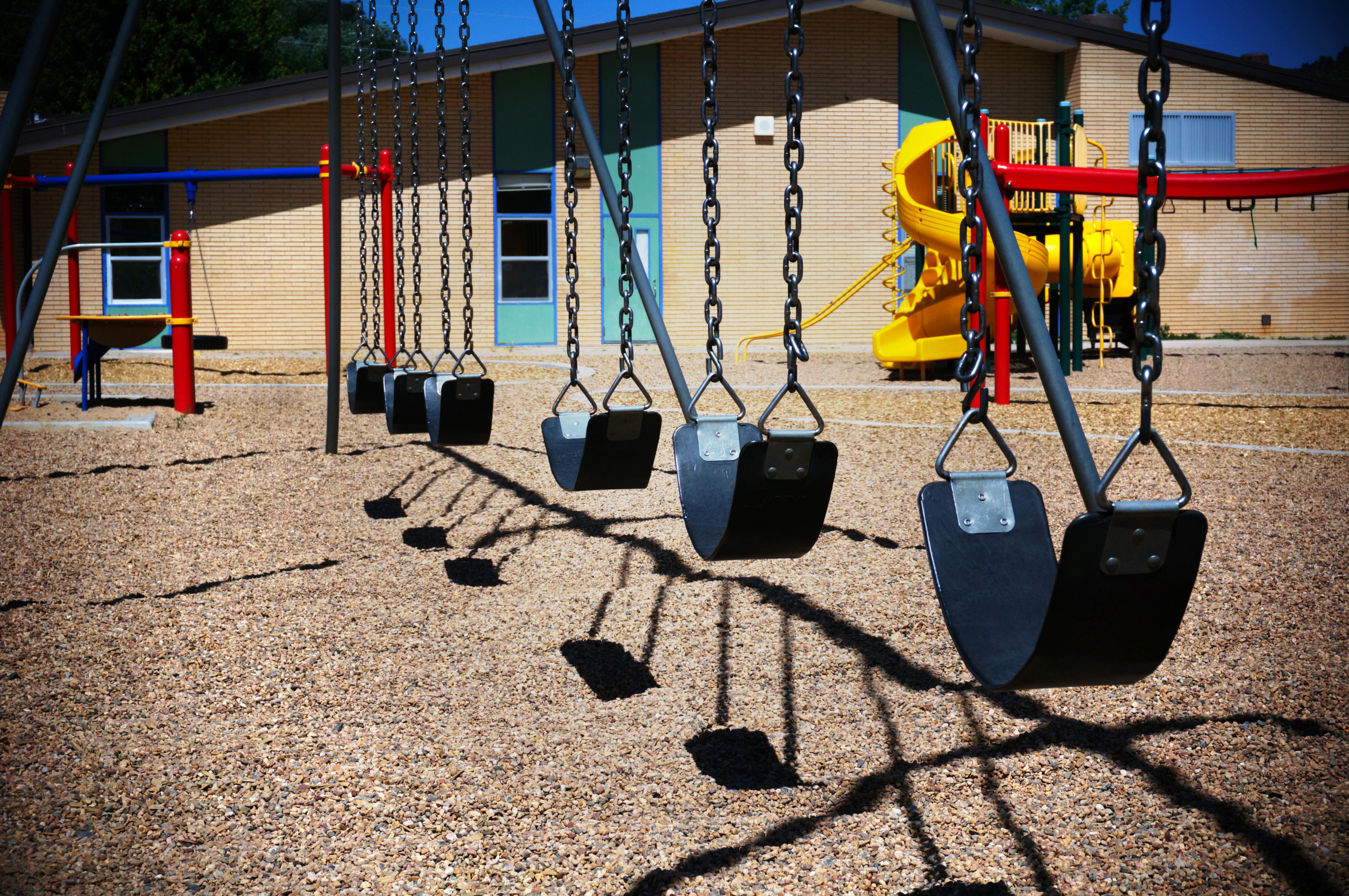
19 Feb Get tax help from your name and from your kids
Photo: hilarycl/morguefile.comQ. I changed my name in 2014. What do I need to do to make sure the IRS doesn’t have any issues with the change when I file my return?
A. All names on your tax return must match Social Security Administration records.
If you’ve had a name change, whether it’s from a marriage, divorce or any other reason, you need to notify Social Security of the change.
Otherwise, you could be in a heap of trouble, or at least in for some headaches, when you file your tax return.
“If you are e-filing, your return will be rejected,” said Joseph Matheson, a certified public accountant with Matheson & Assoc. in Whippany. “If you paper file, you’ll get a letter stating the issue and it will likely hold up any refund until you get it resolved.”
There are other reasons you may need to deal with a name change, such as if you’ve adopted a child. Again, contact Social Security to make sure your child’s name is correct. That will help you with tax filings — and potential tax savings — too.
“For each child, the IRS gives you a very modest tax exemption — $4,000 per person in 2015; $3,950 2014,” Matheson said. ” So actual tax dollars saved with the dependent exemption depends on your tax bracket.”
The higher your tax bracket, the more savings you get. For example, if you were in the 10 percent tax bracket, you would save about $390 per child with the dependent exemption. But if you were in the 25 percent tax bracket, the dependent exemption would save you $988.
Matheson said there is a phase-out on the dependent exemption that applies once adjusted gross income (AGI) is above $258,250 for singles in 2015, and $254,200 for singles in 2014. For married couples filing jointly in 2015, it’s $432,400, and it was $305,050 for 2014.
There are other tax savings, too.
Parents can claim a child tax credit provided that your income is below $110,000 for married couples filing jointly, $75,000 for a single head of household, or $55,000 for a married person filing separately.
“The child tax credit trims your tax bill by $1,000 per child,” he said. “Because it is a credit, and not a deduction, the child tax credit gives you $1,000 back in your pocket for every child that you have.”
If your child goes to day care, then a child care credit may also be available. For married couples, both spouses must have wages, salaries or other earned income greater than the child care expenses, Matheson said.
“In most cases, children must be age 12 or younger to qualify for the credit,” he said. “Certain exceptions exist for other individuals who aren’t able to care for themselves.”
He said non-custodial parents cannot take the credit even if they would otherwise qualify to treat the child as a dependent.
Matheson said the amount of the credit depends on two things: the number of qualifying children you have and your gross income.
“Those with one qualifying child can claim up to $3,000 per year toward determining the credit amount, while those with two or more qualifying children have a $6,000 annual limit,” he said.
For single parents, the largest benefit for having your first child is the ability to use the Head of Household status for calculating your taxes, Matheson said, because the tax brackets are lower than single tax rate table.
If you’re divorcing, parents who have two or more children can have each parent get custody for at least one child. That would allow both parents to claim “Head of Household” status and be able to take advantage of the lower rates, Matheson said.
“This only true if the taxpayer is not in Alternative Minimum Tax as that tax treats head of household and single taxpayers the same,” he said.
Email your questions to Ask@NJMoneyHelp.com.
This story was first posted in February 2015.
NJMoneyHelp.com presents certain general financial planning principles and advice, but should never be viewed as a substitute for obtaining advice from a personal professional advisor who understands your unique individual circumstances.
